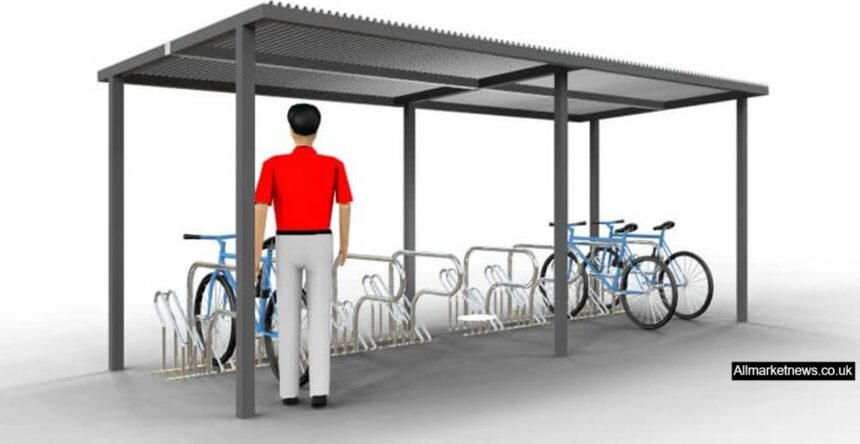|
Getting your Trinity Audio player ready... |
The urban landscape is constantly evolving to meet the needs of city dwellers. One aspect that has gained prominence in recent years is the use of bicycles as a means of transport. As more people embrace cycling, the need for efficient and secure bike shelters in public spaces is increasing.
Design, Security, and Functionality
The ideal bike shelter strikes a balance between design, security, and functionality. It should not only provide a safe space for individuals to leave their bicycles, but it should also blend seamlessly into the urban landscape. Glass, wood, and metal are just a few of the durable materials used in creating aesthetically pleasing shelters without compromising on security. Shelter designs range from open to fully enclosed structures, allowing city planners to select what works best for specific locations and climate conditions.
Promoting Sustainable Urban Living
Bike shelters promote a more sustainable and inclusive urban environment, encouraging residents to opt for healthier and more eco-friendly travel options. they also serve a crucial purpose in reducing car dependency and easing traffic congestion. By investing in secure bike shelters, cities can increase the appeal of cycling and make it a viable alternative to conventional means of transport.
Maximising Space and Usability
An important factor to consider when installing bike shelters is the efficient use of space. As land is a precious commodity in urban areas, shelters need to be designed in a way that maximises capacity without compromising on access and ease of use. This can be achieved with multi-tiered designs or by incorporating shelters into existing structures such as underpasses or unused building areas.
The Future of Bike Shelters
As technology advances, so does the potential for improving the functionality of bike shelters. Innovations are already being experimented with such as solar-powered lights for nighttime use, electronic locking systems for enhanced security, or even charging points for electric bikes. These improvements not only make bike usage more attractive but also contribute to the overall objective of creating smarter, safer, and more sustainable cities.
You Might Also Like
- Prefabricated Houses: Advantages and Design Challenges
- What Are the Risks of CPA Threats in Nashville, TN?
- The Timeless Appeal of Column Radiators: Classic Meets Modern
Providing Comfort and Safety
Regardless of the type of bike shelter, the end goal should always be to make cyclists feel comfortable and safe. This means providing sufficient lighting, installing surveillance systems where necessary, and using durable, weather-resistant materials to ensure the long-term usability of the shelter. With thoughtful design and placement, bike shelters can enhance the urban cycling experience while adding a touch of style to cityscapes. With the ongoing global push towards sustainable living, secure and stylish bike shelters are not just a trend, but a necessity in modern urban spaces. As more people take up cycling, the demand for these urban staples will only continue to grow. Fused with smart technology and superior design, bike shelters are fast becoming a fixture in our cities, revolutionising urban mobility and pushing us one step closer towards greener, healthier lifestyles.
